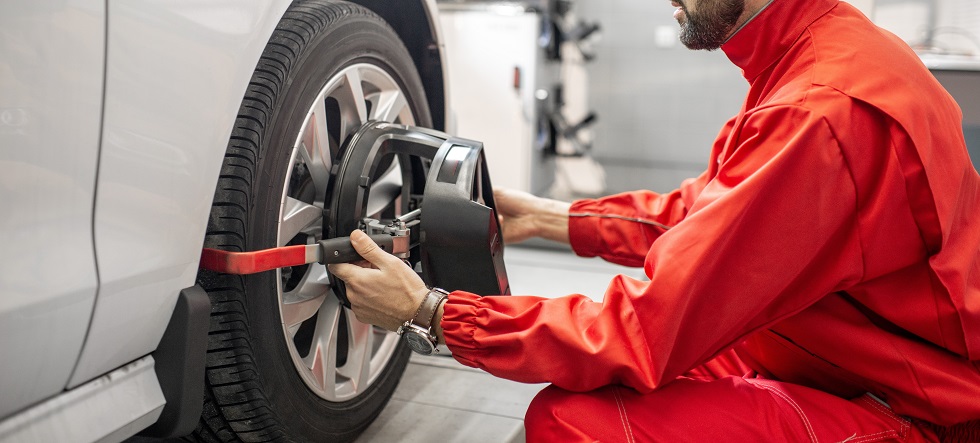Featured
Brakes are probably one of the most vital safety and security attribute of any car. Without reliable brakes, also the most effective automobile can end up being a threat when driving. That's why routine brake evaluations are a need to for guaranteeing your vehicle stops when you need it to. Following a correct brake inspection routine can not just maintain you secure however additionally assist you prevent costly repair services. Right here's a comprehensive overview on how to correctly evaluate your brakes and what to watch out for.
- The Importance of Normal Brake Inspections. Brakes go through continual damage with every use, whether you're driving at high rates on the freeway or travelling through city streets. Gradually, brake pads, blades, and various other components wear down, which can impact braking efficiency. Without routine evaluations, you may not observe the steady decline in performance till it's too late.
Regular brake inspections allow you to catch concerns early, making sure that your brakes remain receptive, dependable, and secure. Timely inspections can also save you cash by addressing small concerns before they end up being expensive repair services.
- Typical Signs That Your Brakes Required Attention. While routine brake assessments are very important, there are some warning indicators you can keep an eye out for to understand when it's time to set up a check-up:
Squealing or Grinding Seems: High-pitched squeaks or grinding noises when using the brakes are frequently indications that your brake pads are put on out and require substitute. Resonance or Pulsation: If you really feel vibrations in the steering wheel or the brake pedal, it can show deformed blades, which might need resurfacing or changing. Soft or Mushy Brake Pedal: If the brake pedal really feels unusually soft or squishy, there might be air in the brake lines or a trouble with the master cylinder. Drawing to One Side: If your cars and truck draws away while braking, this can be triggered by irregular brake pad wear or a concern with the brake fluid. Enhanced Stopping Distance: If it takes longer to quit than usual, it may show that the brake pads are used, the fluid is reduced, or the rotors are harmed. If you observe any of these signs, it's finest to have your brakes examined quickly.

- Key Elements Checked Throughout Brake Inspections. During a brake examination, a technician will examine several important parts of the braking system to guarantee everything is working properly. Right here are the essential parts involved:
Brake Pads: The most common factor for bad stopping performance is worn-out brake pads. Evaluating the thickness of the pads is a concern throughout every evaluation. Brake Rotors: Blades need to be smooth and cost-free of grooves or splits. Any considerable damages to the blades can result in jeopardized braking efficiency and uneven pad wear. Brake Fluid: Low or contaminated brake fluid can impair braking efficiency. The professional will inspect the fluid degrees and quality and replace it if essential. Brake Lines and Hose pipes: Brake lines must be free of leakages or fractures. Any damages to the lines can lead to loss of brake liquid, leading to brake failing. Brake Calipers: The calipers apply stress to the brake pads. They ought to be inspected for indications of wear or leaks to guarantee they are operating properly. Consistently examining these parts assists keep your brake system in peak problem, permitting you to stop your automobile securely and efficiently.
- Just how Usually Should You Have Your Brakes Checked? The general referral is to have your brakes examined at the very least when a year or every 12,000 miles, relying on your driving routines. Particular driving conditions may require even more frequent evaluations:
Rush Hour: If you frequently drive in stop-and-go website traffic, your brake pads will certainly use down quicker. Mountain Driving: Driving on high roads needs even more frequent stopping, which can trigger your brakes to wear faster. Towing or Hauling Heavy Plenties: If you consistently lug hefty lots, your brakes will certainly experience much more anxiety and call for more regular evaluations. If you observe any one of the indication pointed out earlier, do not wait for the next scheduled inspection-- have your brakes checked right away.
- The Effects of Neglecting Brake Inspections. Disregarding routine brake evaluations can bring about serious effects. A stopping working brake system could lead to reduced stopping power, which raises your risk of mishaps. Ignoring brake upkeep can likewise lead to a lot more expensive repair work. For instance, if you delay changing worn brake pads, the damages can reach the rotors, leading to the requirement for blades substitute, which is a much a lot more pricey repair.
In the most awful situation, driving with damaged brakes can result in complete brake failing, placing you and various other motorists at threat. Regular brake examinations are a small investment that can save your life and protect against pricey fixings.
- Conclusion: Stay Safe with Routine Brake Inspections. Brakes are not something you intend to take possibilities with. A trustworthy braking system is important for safe driving, and regular brake examinations are a basic means to make sure that your auto quits when you require it most. By staying on top of brake maintenance, viewing for alerting indications, and having your brakes checked at the advised intervals, you'll protect both your car and your safety and security.
Do not wait up until your brakes start to stop working-- schedule routine brake inspections and maintain your vehicle in optimal problem for years ahead.
Latest Posts
Your Regional Flooring Experts in Orland Park, IL
Uncomplicated Coin Conversion with Coinstar and WyHy Federal Credit Report Union
Maximizing Your WyHy Bank Account
